Announcements
Control Panel: Self-service Foundry administration
Date published: 2022-12-13
Enroll and manage your Foundry environment
With Control Panel, Foundry’s full suite of governance and administration capabilities is now accessible from a unified self-service interface. This operational view enables platform administrators to oversee Foundry usage and easily configure security and access settings.
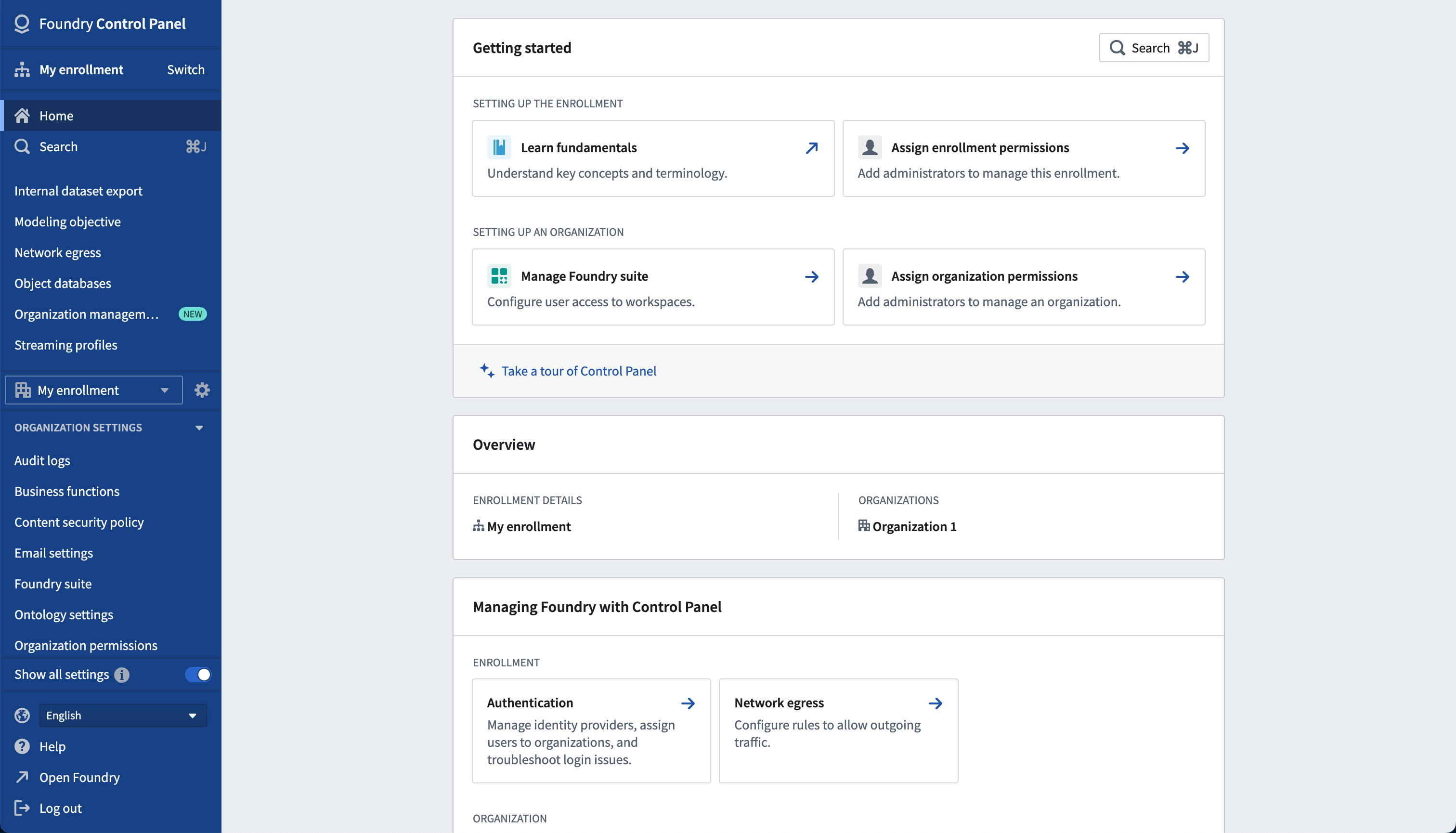
Control Panel enables administrators to:
- Configure a Foundry enrollment’s authentication, permissions, and application settings.
- Monitor usage metrics and manage resource profiles to administer a growing Foundry engagement.
- Help facilitate collaboration between users with Foundry’s robust access controls.
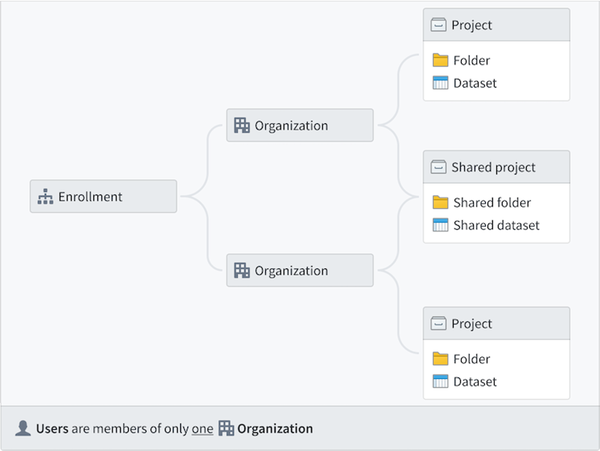
Configure security and settings at every level
Foundry's security controls are comprised of several components: enrollments, Organizations, user groups, and users. An enrollment represents an instance of Foundry and can contain one or more Organizations. Within a single Organization, administrators can control data access at either the user or user group level.
Settings are configured at both the enrollment and Organization level and can be initialized, scaled, and reviewed. These include:
-
Enrollment level controls:
- User authentication
- Enrollment
- Organization permissions
- Contact information
- Notifications
- Trusted users
- Network egress policies
- Object databases
-
Organization level controls:
- Audit logs
- Email settings
- Workspaces
- Usage metrics
- Third party management
- Resource limits
- Profiles
Set up sophisticated collaboration workflows
As your enrollment scales and partnership opportunities arise, Control Panel can be used to facilitate seamless cross-Organization collaboration. Additional Organizations can be added as collaborators, empowering users from outside entities to work together. If workflow requirements change, simply return to Control Panel to update user and group discovery settings, or review the list of collaborating Organizations to ensure appropriate information transfer.
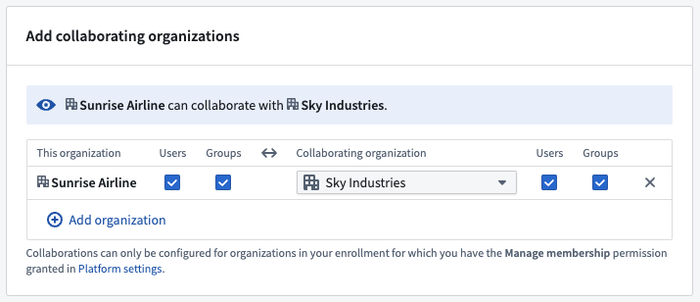
Control Panel can also facilitate more sophisticated collaboration workflows through the management of settings and permissions at the enrollment and Organization level. For instance, administrators can draw access boundaries, govern joint collaboration, and configure a user’s ability to discover other users.
When should I use Control Panel?
Control Panel helps manage the security and configuration of your Foundry enrollment. Administrators can use Control Panel to access, review, and delegate permissions to specific users at both the enrollment and Organization level.
If you are an administrator for your Foundry platform, review the Control Panel documentation to ensure your configuration meets the day-to-day needs of your Foundry users.
Workshop: Output variables for Quiver embed widget
Date published: 2022-12-08
The Quiver Dashboard embed widget now supports output variables in Workshop! This enables greater interactivity and a shared state between an embedded Quiver Dashboard and its parent Workshop module and unlocks a huge potential for creative workflows that leverage Quiver's flexible visualization and transformation grammar inside the workflow-building power of Workshop.
Get started by following the guidance on how to embed a Quiver dashboard in a Workshop module.
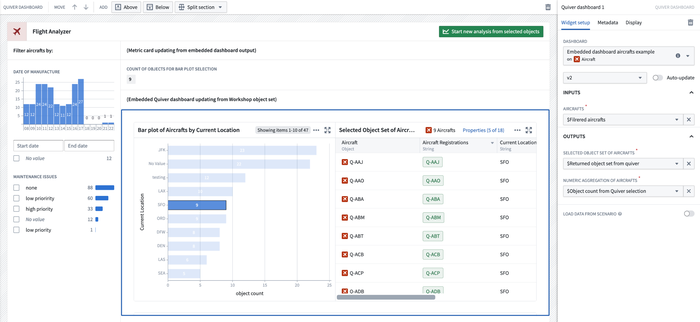
Additional highlights
APIs
Get metadata for a specific Ontology | A new get Ontology endpoint is available to get metadata about a specific Ontology. Previously, the same metadata was available from the "list Ontologies" endpoint for all Ontologies.
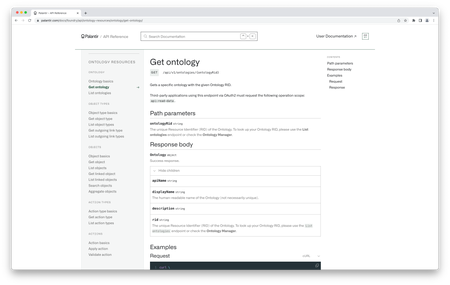
Administration | Control Panel
Enable TPA for Org | Organization administrators can now use Control Panel to manage integrations with third-party applications on behalf of their organization.
Analytics | Contour
Implement tables in Contour dashboard text cells | Text cells in Contour Dashboards now support adding table layouts.
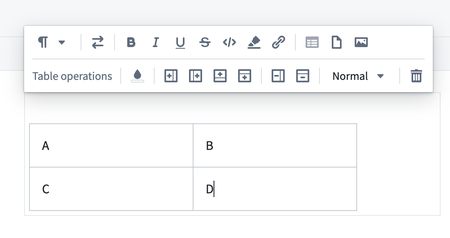
Analytics | Quiver
Quiver range selection | Users are now able to use a range selection in a time series chart in the analysis (for example, to interactively look at range statistics for different ranges).
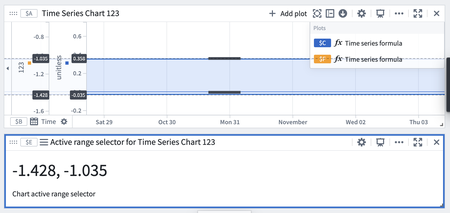
Use new row selector for popouts | Popping out a time series cell from a transform table column now adds a time series chart that is controlled by a 'table row selector parameter' (visible in the parameter panel). Changing the row in the parameter will update the plotted time series from that column.
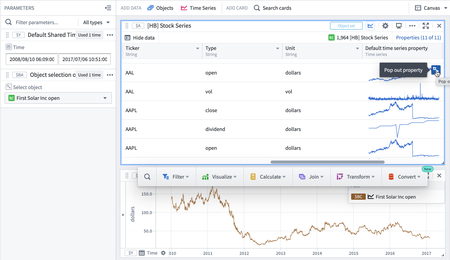
New Date/timestamp Boolean transforms | Added date and time Boolean comparisons that enable temporal filtering by timestamp of columns in a transform table.
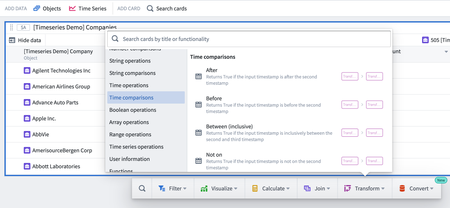
Redesigned object-set and object cards that dramatically improve usability | This update improves the usability of the object set and object card types. For example, Time series properties in the object set card now render as a sparkline directly in the table. The object table display is also reformatted to provide more space for property values. Object properties, as well as available time series data linked to the object, can be added and removed directly from the card, improving the discoverability of time series data stored on the object in a time dependent property or on linked objects as measures. The new cards also simplify and shorten the drill-down process of going from an object set to a specific time series plot or property metric on a single object, via a 1-click pop out action. Object set rows can be popped out as object cards and all properties can be popped out as either a time series plot or an object property (metric) card.
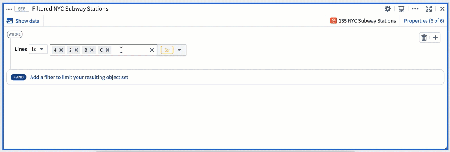
App Building | Slate
Trigger print events in Slate | You can now trigger the browser print dialog via the new print action available via Slate events. Use the onPrint event to trigger actions following the print dialog. Note that Slate applications require added CSS and/or application layout choices to provide satisfactory printing results.

Redesign Slate header in editor view | Completely redesigned header in Slate's edit mode. An updated and reorganized view matches the behaviors and patterns as other resource types in Foundry.

Current value column in the variables panel | The Variables panel now shows a read-only view of the current value in addition to the editable default value.

Introduce events and actions | Events and their inputs and triggers, are now included in the dependency viewer alongside other application nodes.

App Building | Workshop
Waterfall Chart widget, v1 | Added new Waterfall Chart widget to enable visualization of a sequential series of numerical values in order to better understand their cumulative effect.
Data Integration | Build Schedules
Find all schedules in the build schedules overview page | Added the ability to search for all schedules that the user has permission to see in the build schedules overview page. To find all schedules, remove any applied search criteria. Schedules can then be filtered by name or pause status, as well as sorted.
Data Integration | Code Repositories
Python 3.9 is now supported in Transforms | Added support for Python 3.9 in Transforms. Benefits of Python 3.9 include new syntax features, including union operators added to dict, type hinting generics in standard collections, relaxed grammar restrictions on decorators and new built-in features, including string methods to remove prefixes and suffixes. For a full list of features, refer to the official Python 3.9 release notes ↗.
Improved UI for preview input configuration | Configuration of input datasets for preview in Code Repositories has been consolidated to a single dialog. For datasets with schema, you can select between running a preview using your original input, the most recent preview of the input from the same repository, another dataset, or the original input with custom filters applied. Inputs may be sampled in preview to improve iteration speed and ensure relevant data is included in the sample.
Data Integration | Data Connection
[DC] Introduce Asana Connector | Added integration capabilities for Asana. Syncs from Asana to Foundry datasets are now supported.
Ontology | Map
Export maps as images | Users can now copy the current state of a Map Template used within Workshop as an image directly to the clipboard, for pasting into other applications including Notepad, or to download as a PNG image file.
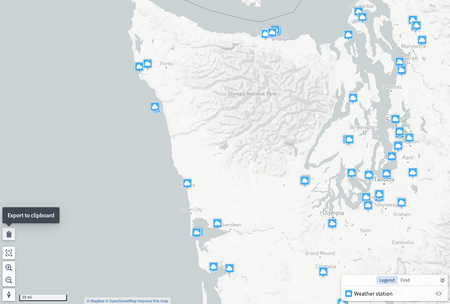
Ontology | Ontology Management
Property mapping performance improvement in OMA | Property mapping performance has been improved as one of the computations will now run twice as fast.
Support for datasource rid search in OMA | Enabled a search type in Ontology Manager based on datasource RID. This search type is useful if, for example, users want to find something referenced in an error message.

Ontology Usage is now Generally Available! | The Ontology Usage tab is now available. For a given Object Type, the Usage tab allows you to see the evolution of reads and writes over time, the number of active users over time, and the usage per application type. To learn how to activate this feature, see docs.
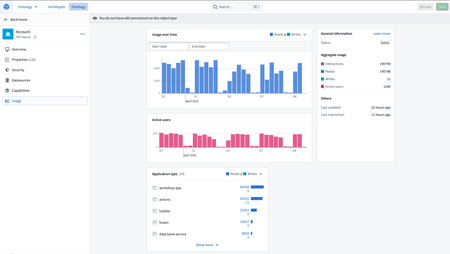
Security | Projects
Introduce namespace setting for project default roles | Administrators can now manage default roles applied to newly created projects within a project space. This value can be overridden on a per-project basis by the project owner. Namespace configuration is available, for platform administrators, through a button in the upper right of the Projects and files view.
Disable referencing from "Your files" into other projects | Previously, data pipelines located in a Project could rely on datasets located in an account-specific "Your files" location. Going forward, it will not be possible to reference datasets stored in "Your files" in other projects. This enforces recommended data governance and pipeline development practices and removes the possibility of production data pipeline failure when an account associated with a "Your files" location is disabled. Read more about this change.
